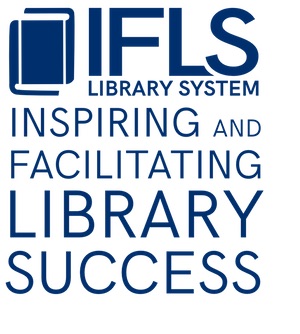 |
| Children in Bloomer enjoy using many senses with parachute and cotton balls |
There have been three recent blog posts on the ALSC blog that would be useful to anyone trying to make their storytimes more inclusive for kids with various sensory needs.
Renee Grassi wrote an insightful piece full of ideas for what to do when no one comes to your Sensory Storytime. For those of you who participated in the LSTA grant about autism a few years ago, you have some experience with this! She gives 4 excellent suggestions: cultivate partnerships, focus on inclusion, rebrand with a different name, or try a different program to fill the needs of families affected by autism and other developmental disabilities.
Cool side-note: Renee Grassi will be one of the featured speakers at this year’s Wild Wisconsin Winter Web Conference! Wednesday at 10:30, she’ll be talking about Creating Welcoming and Accessible Libraries for Children with Special Needs. You can register for the program here.
Ashley Waring, who has been providing a sensory storytime for three years now, shared some of the tips she has learned that have made her programs more successful in this blog post.
Stephanie Prato had a post about music and movement storytimes, citing research for why these programs are important to the children’s brain, physical and social/emotional development. Music and movement can be a powerful tool for connecting with many different kinds of children, and these can be very inclusive programs.
